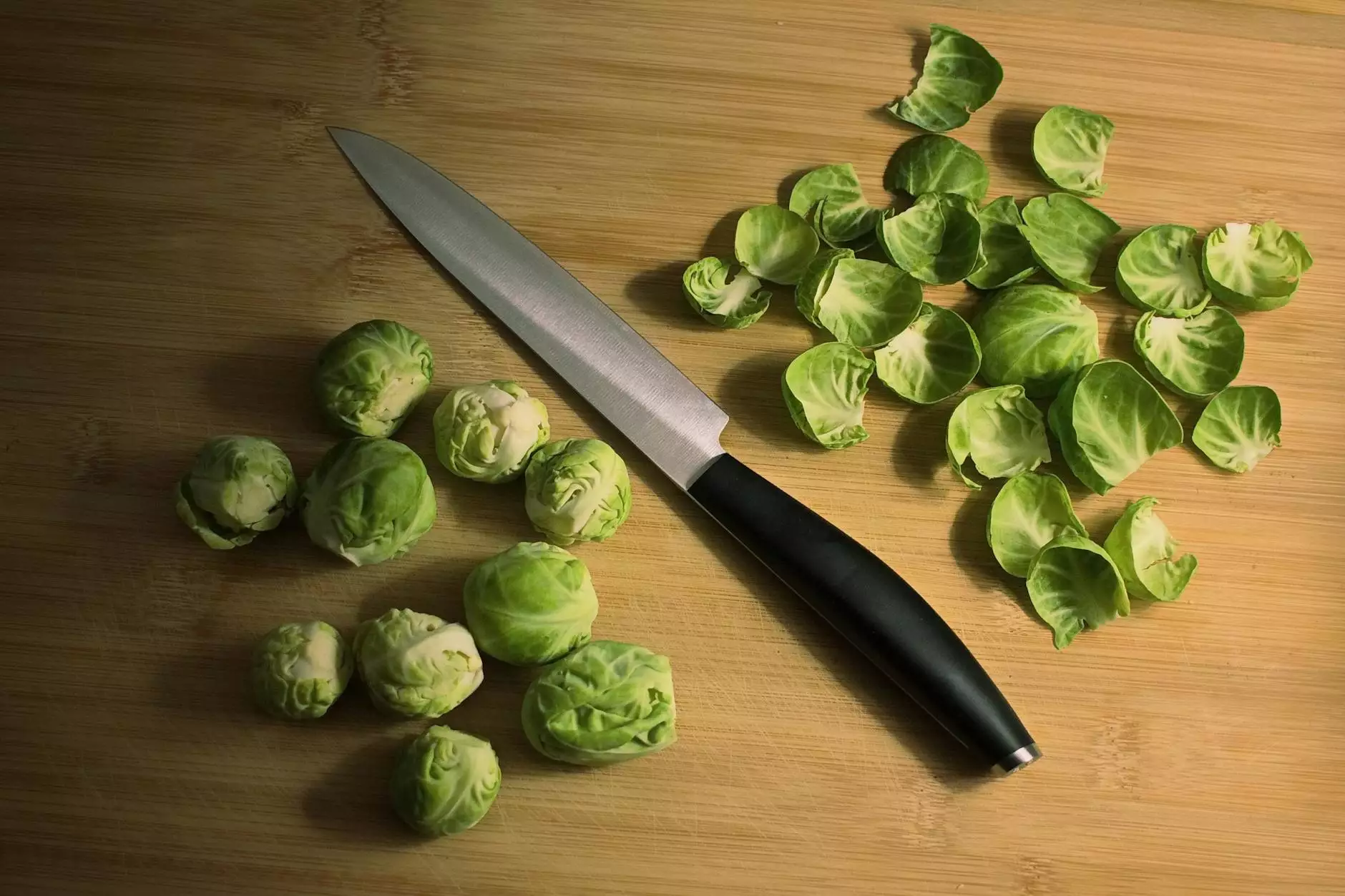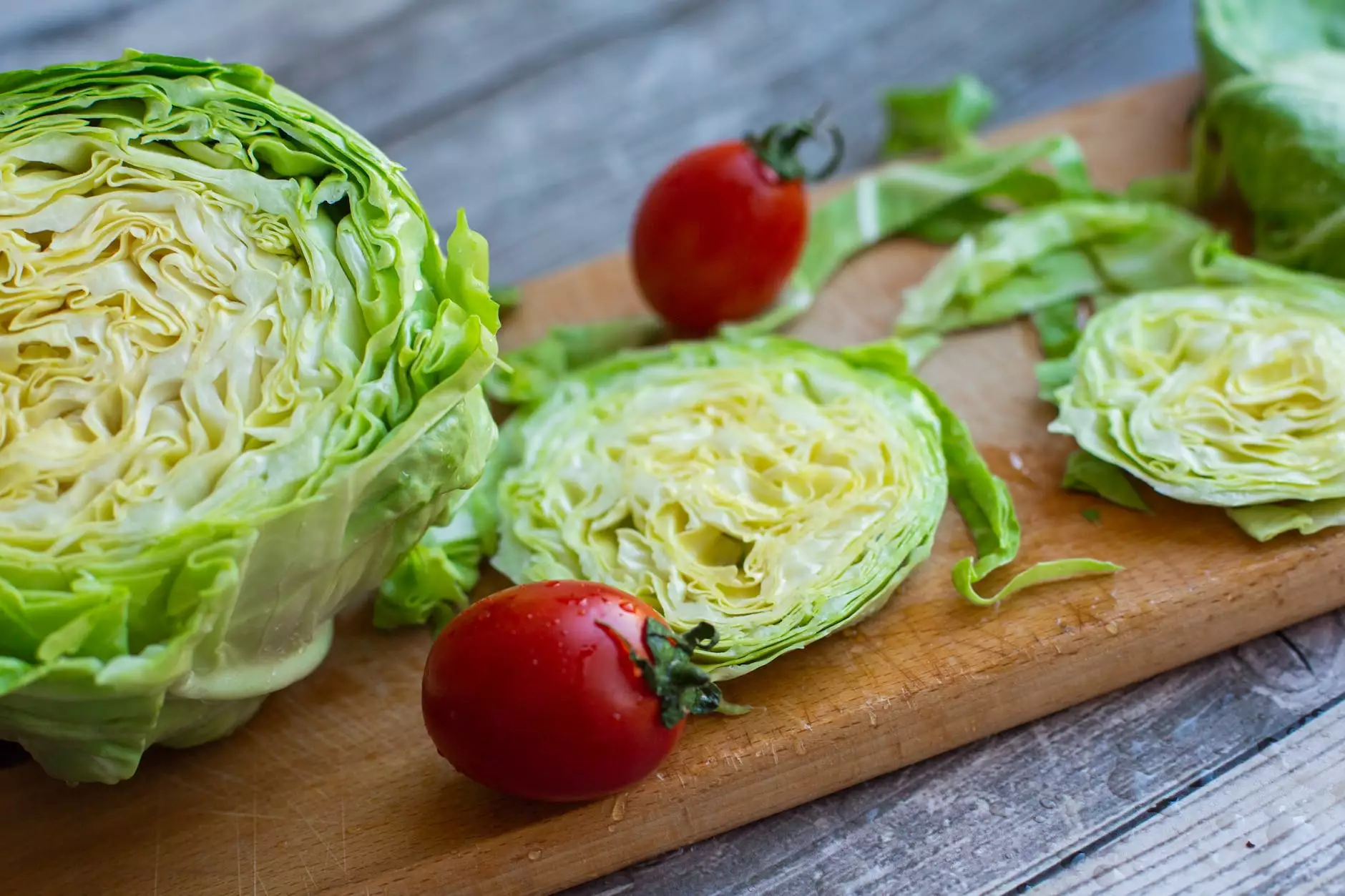How to Keep Lettuce Fresh: 15 Easy Ways
Blog
The Importance of Fresh Lettuce
Lettuce is a crucial ingredient in many delicious salads and meals. It not only adds a refreshing crunch but also provides essential nutrients. However, keeping lettuce fresh can be a challenge, as it tends to wilt and spoil quickly. At Pollen Bank, we understand the importance of fresh produce, which is why we've compiled these 15 easy ways to help you keep your lettuce crisp and vibrant for longer.
1. Choosing Quality Lettuce
The first step in keeping lettuce fresh starts with selecting the right kind of lettuce at the store. Look for heads of lettuce that have crisp leaves, free from browning or wilting. Avoid lettuce that appears slimy or has a strong, unpleasant odor.
2. Storing Lettuce Correctly
Proper storage is key to preserving the freshness of lettuce. After purchasing, remove any damaged leaves and store the lettuce in a clean, breathable container. Line the container with paper towels to absorb excess moisture and prevent wilting. Make sure not to overcrowd the leaves, allowing for proper air circulation.
3. Washing and Drying
Prior to consumption, it is essential to wash lettuce thoroughly to remove any dirt or bacteria. Dip the leaves in cold water and gently swish them around, ensuring all surfaces are cleaned. Pat dry the lettuce using a salad spinner or gently blot with paper towels. Excess moisture can lead to premature wilting, so make sure the leaves are completely dry before storage.
4. Utilizing the Refrigerator
The refrigerator is your best friend when it comes to preserving lettuce. Place your cleaned and dried lettuce in a resealable bag or an airtight container. Store it in the crisper drawer, which offers a slightly higher humidity level ideal for keeping lettuce fresh. Avoid storing lettuce next to fruits like apples or bananas, as they release ethylene gas that can cause the leaves to spoil faster.
5. Cut as Needed
To extend the freshness of your lettuce, it is recommended to cut or tear the leaves as needed rather than in advance. This helps to minimize exposure to air and retain the lettuce's natural crispness. It's always best to prepare smaller batches to maintain optimal freshness.
6. Avoid Storing with Dressings
Dressings or dressings-packed salads can quickly turn your lettuce soggy. It's best to store dressings separately and add them to your lettuce just before serving. This way, you can enjoy the crunchiness of lettuce without compromising its freshness.
7. Revive with Cold Water
If you notice your lettuce starting to wilt slightly, don't worry – there's a simple fix. Immerse the wilted leaves in a bowl of ice-cold water for a few minutes. This will help restore their crispness and make them ready to be used in your favorite recipes.
8. Maintain Proper Temperature
Consistently cold temperatures are crucial for keeping lettuce fresh. Ensure that your refrigerator is set between 32°F (0°C) and 40°F (4°C). Fluctuating temperatures can cause lettuce to spoil faster, so it's important to check your fridge's temperature regularly.
9. Store Different Types Separately
If you have different varieties of lettuce, it's wise to store them separately. This is because each type may have slightly different storage requirements. For example, delicate lettuces like butterhead and bibb tend to wilt faster than sturdier varieties like romaine or iceberg.
10. Consider Using a Lettuce Keeper
If you frequently consume lettuce, investing in a lettuce keeper may be worthwhile. These specialized containers help maintain optimal humidity levels while preventing excess moisture buildup. Lettuce keepers are designed to extend the shelf life of lettuce, keeping it fresher for longer.
11. Blanch and Freeze
If you find yourself with surplus lettuce, blanching and freezing it is an excellent way to prevent waste. Blanching involves briefly immersing the lettuce leaves in boiling water, followed by quickly transferring them to an ice bath. Once blanched and cooled, pack the leaves in a freezer-safe bag or container, ensuring all excess air is removed. Frozen lettuce can be used in soups, stews, smoothies, and more.
12. Hand-Pick Outdoor Lettuce
If you grow lettuce in your garden, hand-picking the leaves as needed ensures optimum freshness. Harvest outer leaves first, leaving the inner leaves to continue growing. This method allows your lettuce plants to produce fresh leaves for an extended period.
13. Avoid Exposure to Sunlight
Lettuce is a tender leafy green that can be sensitive to sunlight. After harvesting, store your lettuce away from direct sunlight to prevent wilting and discoloration. Ideally, keep your lettuce in a cool, dark place until you're ready to use it.
14. Opt for Hydroponically Grown Lettuce
Hydroponically grown lettuce refers to plants that are nurtured in water-based systems instead of soil. This cultivation method can result in lettuce that stays fresh longer. Consider purchasing hydroponically grown lettuce if keeping it fresh for an extended period is a priority for you.
15. Refreshing Ice Bath
If you've stored lettuce for a few days and it has started to lose its crispness, you can revive it with a refreshing ice bath. Fill a large bowl with ice water and submerge the lettuce for about 5-10 minutes. Afterward, pat-dry the lettuce and enjoy its rejuvenated texture.
Conclusion
At Pollen Bank, we understand the importance of keeping lettuce fresh. By implementing these 15 easy ways, you can prolong the lifespan of your lettuce, ensuring it stays crisp, vibrant, and full of flavor. Don't let wilting leaves discourage you from enjoying delicious dishes. Follow our expert tips and tricks, and savor the freshness of lettuce in all your culinary creations!









